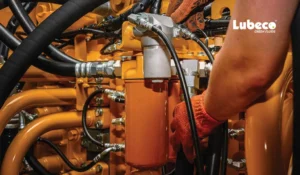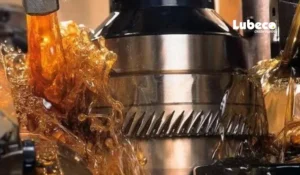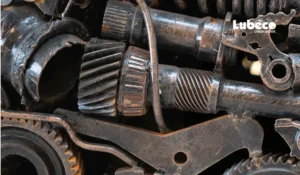Quenching stands as a transformative process, rapidly cooling heated metals to enhance their hardness and strength. However, the efficacy of this technique can be further elevated with the integration of additives and innovative methodologies in quenching oils. Delve into our exploration of how these enhancements revolutionize quenching performance and meet the evolving demands of modern manufacturing.
What is Quenching?
Quenching is like cooling down a hot metal object very quickly after it has been heated to a high temperature. This rapid cooling process changes the structure of the metal, making it harder and stronger.
Quenching, a critical process in metallurgy, involves rapid cooling of heated metal to obtain desired properties such as hardness and strength. Quenching oils play a pivotal role in this process, but their effectiveness can be significantly enhanced with the integration of additives and innovative techniques. In this article, we delve into the world of quenching oils, exploring the importance of additives and advancements that improve their performance.
Importance of Additives:
Additives are crucial components in quenching oils, as they can enhance various aspects of the quenching process. These additives are carefully selected and incorporated into the oil formulations to improve heat transfer rates, minimize thermal shock, and ensure uniform cooling. Some common additives include:
- Polymer Additives:
Polymer additives improve the viscosity and film-forming properties of quenching oils, ensuring better coverage and reduced oxidation during the quenching process. They also contribute to the formation of a protective barrier on the metal surface, preventing direct contact with the oil and minimizing the risk of quenching cracks.
- Surfactants:
Surfactants help in the wetting and spreading of quenching oils on the metal surface, ensuring uniform cooling and minimizing the formation of vapor barriers. This results in improved heat transfer rates and reduced distortion in the quenched parts.
- Anti-Oxidants:
Oxidation is a common issue in quenching oils, leading to the formation of sludge and degradation of oil properties. Anti-oxidant additives help in stabilizing the oil, prolonging its service life, and maintaining consistent quenching performance over time.
- Quench Accelerators:
These additives promote rapid nucleation and growth of martensitic structures in the metal, enhancing hardness and strength. Quench accelerators are particularly useful in applications where high hardness levels are desired, such as in the production of cutting tools and gears.
Applications of Quenching:
Manufacturing of Tools and Machinery:
Quenching is commonly used in the production of tools, like drill bits and cutting blades, to make them tough and durable. It helps the tools withstand the stress of cutting or shaping hard materials.
Automotive Industry:
In the automotive industry, quenching is used to harden various components like gears, shafts, and bearings. This makes them strong enough to withstand the demands of the engine and transmission systems.
Aerospace and Defense:
Quenching is crucial in the aerospace and defense sectors for making strong and durable components like aircraft parts and armor plates. These components need to withstand extreme conditions and stresses.
Metalworking and Fabrication:
Quenching is also used in metalworking and fabrication processes to create parts with specific mechanical properties, such as hardness and wear resistance. It’s common in making components for machines, structures, and industrial equipment.
Innovations in Quenching Technology:
In addition to additives, advancements in quenching technology have also contributed to improving quenching performance. Some notable innovations include:
Micro-Quenching:
Micro-quenching involves the localized application of quenching media using high-pressure nozzles or jets. This technique allows for precise control over the quenching process, minimizing distortion and achieving superior hardness profiles in the quenched parts.
Infrared Quenching:
Infrared quenching utilizes infrared radiation to heat the metal parts prior to quenching, promoting rapid and uniform cooling during the quenching process. This technique is particularly effective for quenching complex-shaped parts and can significantly reduce cycle times compared to conventional methods.
Additive Manufacturing (AM) Quenching:
With the rise of additive manufacturing technologies, new challenges have emerged in the quenching of AM-produced parts. Specialized quenching oils and techniques have been developed to address these challenges, ensuring optimal metallurgical properties and dimensional accuracy in the finished parts.
Conclusion:
Quenching oils play a crucial role in the heat treatment process, and their performance can be greatly enhanced through the integration of additives and innovative technologies. By carefully selecting the right additives and adopting advanced quenching techniques, manufacturers can achieve superior metallurgical properties, reduced distortion, and improved overall efficiency in their quenching operations. As industries continue to push the boundaries of material performance, ongoing research and development in quenching technology will remain essential for meeting the evolving demands of modern manufacturing.









